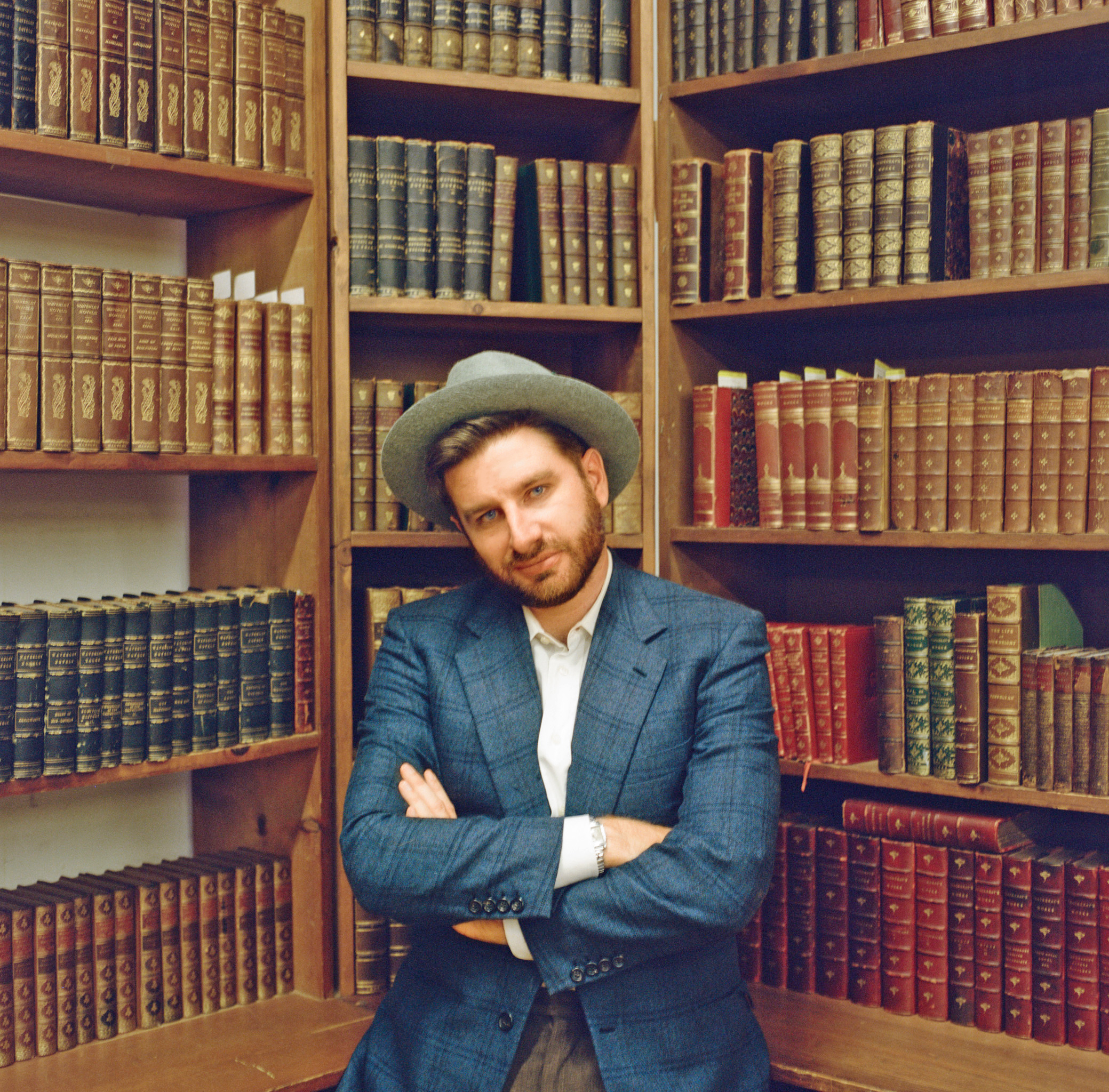
by Michele Kirichanskaya | Jan 30, 2023 | Blog
B.A. Van Sise is an internationally-known photographer and the author of the visual poetry anthology Children of Grass. His visual work has previously appeared in the New York Times, Village Voice, Washington Post and Buzzfeed, as well as major museum exhibitions...
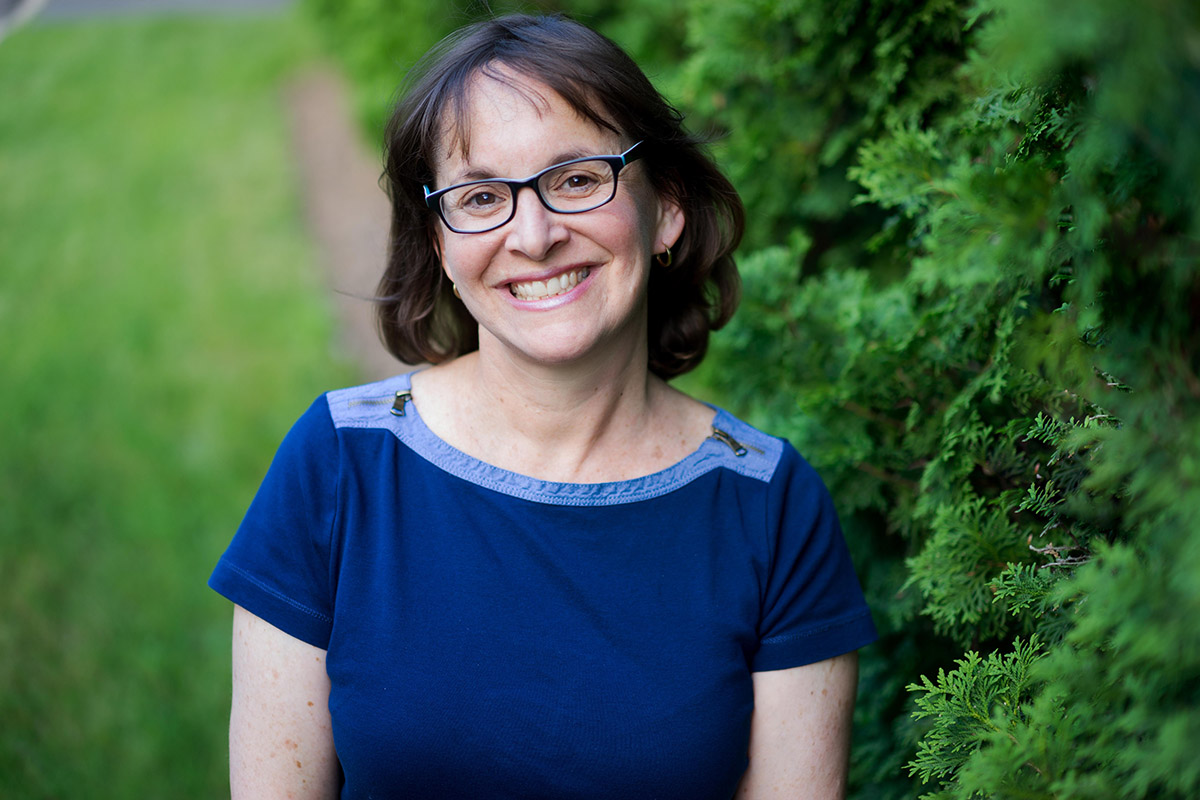
by Michele Kirichanskaya | Jan 27, 2023 | Blog
Chana Stiefel is the award-winning author of more than 30 punny and poignant books for children. She loves to visit schools and libraries to share her passion for reading and writing with children. She earned a Master’s degree in Science, Health, and Environmental...
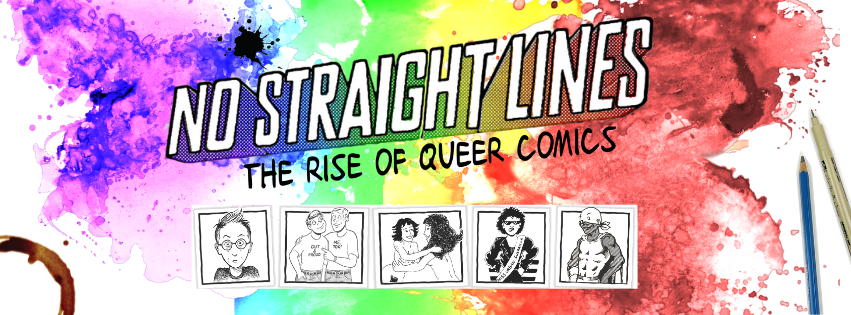
by Sara Barton | Jan 23, 2023 | Blog
‘To be black and queer and learn about Rupert Kinnard’s work — only two years ago! It was very profound to me, yet also sad… How many other Rupert’s are there that I didn’t know about? ….’ was the reaction of cartoonist,...
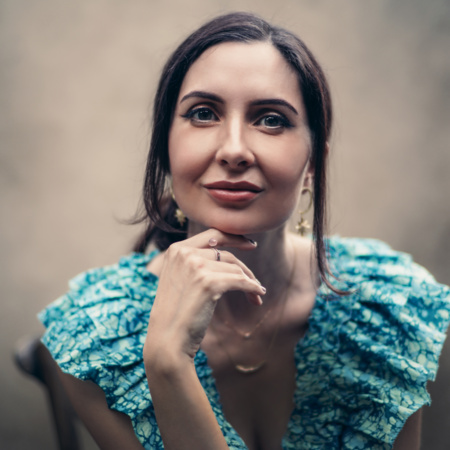
by Michele Kirichanskaya | Jan 20, 2023 | Blog
Taleen Voskuni is an Armenian-American writer who grew up in the Bay Area diaspora surrounded by a rich Armenian community and her ebullient, loving family. She graduated from UC Berkeley with a BA in English and currently lives in San Francisco, working in tech....
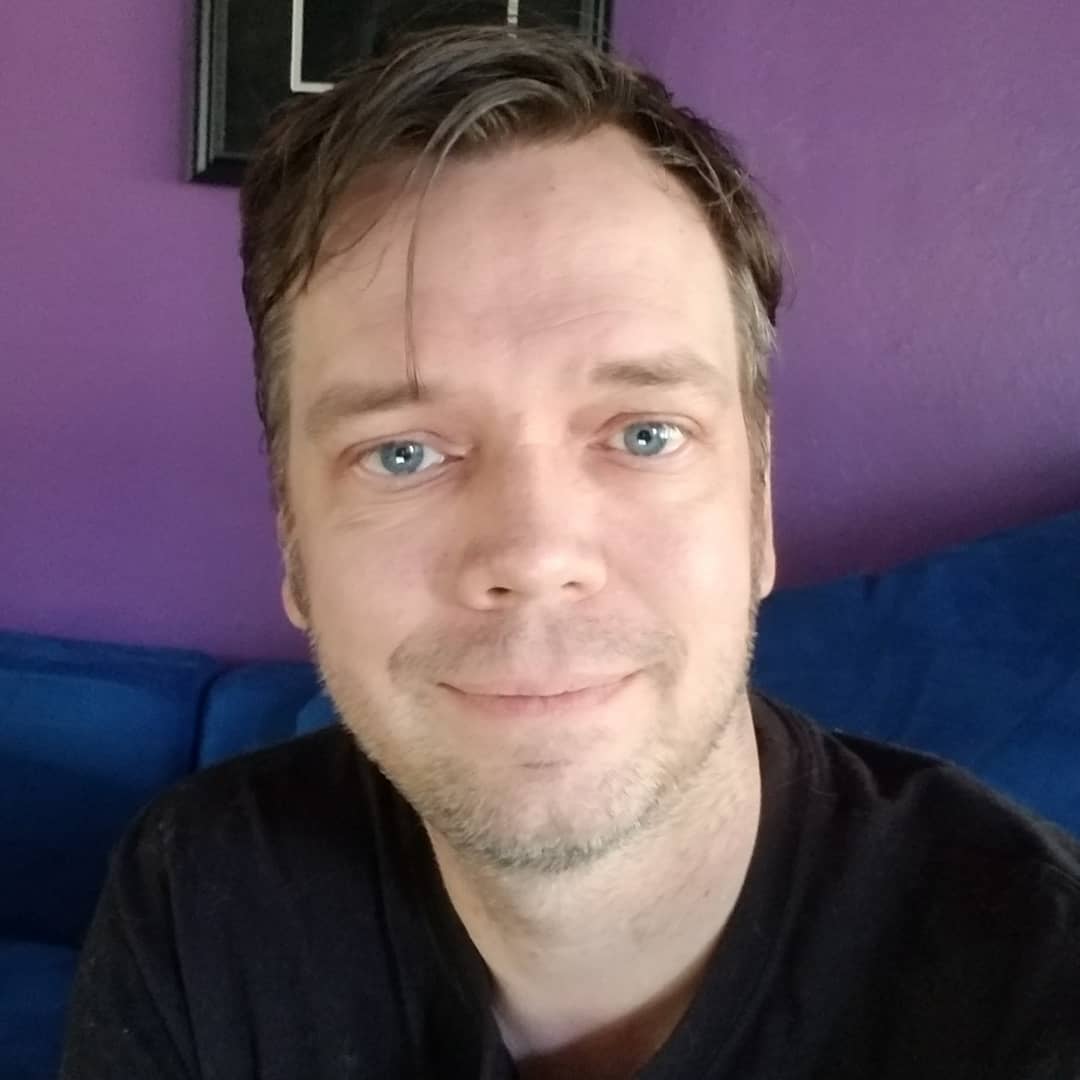
by Jason Kivela | Jan 17, 2023 | Blog
David R. Slayton (He/Him) grew up outside of Guthrie, Oklahoma, where finding fantasy novels was pretty challenging and finding fantasy novels with diverse characters was downright impossible. David’s debut, White Trash Warlock, was published in 2020 by Blackstone...






